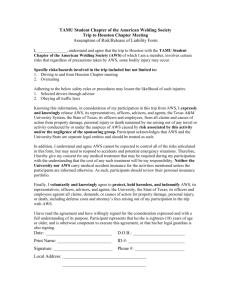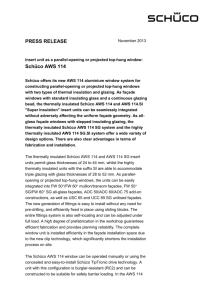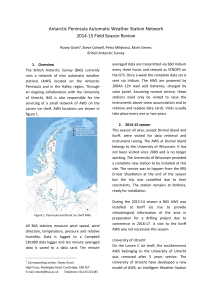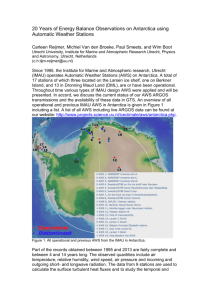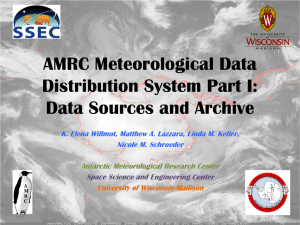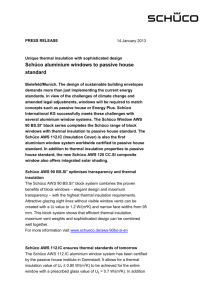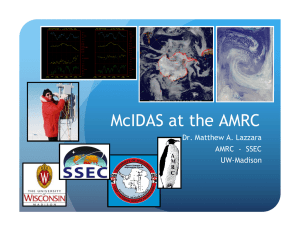Abstract - Antarctic Projects - University of Wisconsin
advertisement
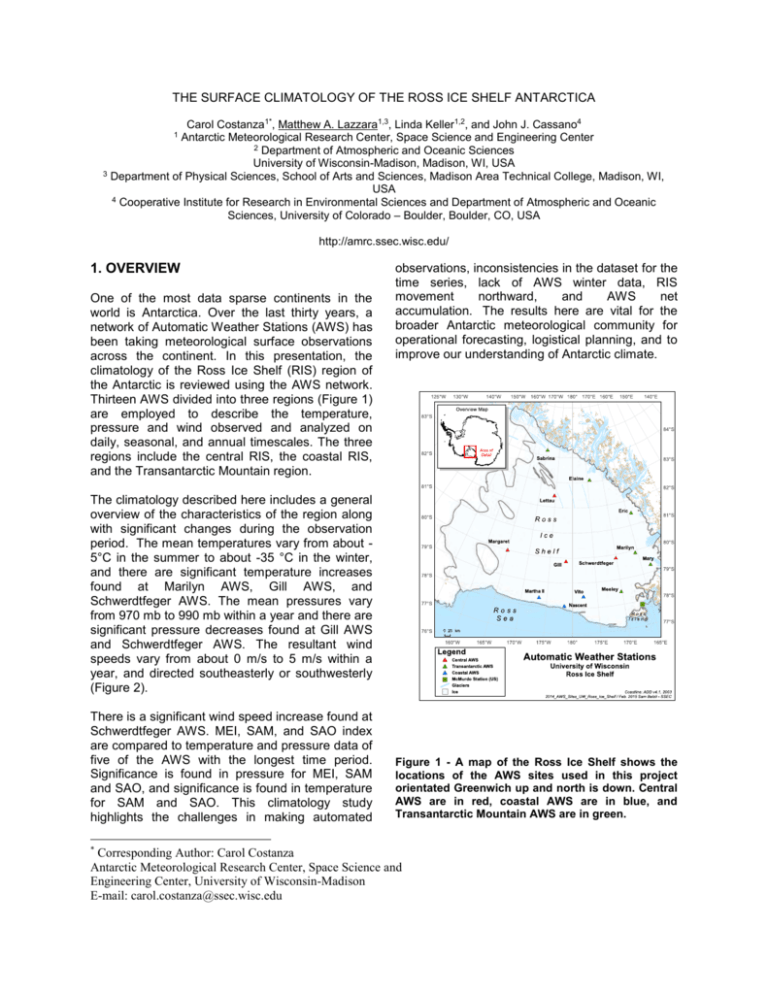
THE SURFACE CLIMATOLOGY OF THE ROSS ICE SHELF ANTARCTICA Carol Costanza1*, Matthew A. Lazzara1,3, Linda Keller1,2, and John J. Cassano4 Antarctic Meteorological Research Center, Space Science and Engineering Center 2 Department of Atmospheric and Oceanic Sciences University of Wisconsin-Madison, Madison, WI, USA 3 Department of Physical Sciences, School of Arts and Sciences, Madison Area Technical College, Madison, WI, USA 4 Cooperative Institute for Research in Environmental Sciences and Department of Atmospheric and Oceanic Sciences, University of Colorado – Boulder, Boulder, CO, USA 1 http://amrc.ssec.wisc.edu/ 1. OVERVIEW One of the most data sparse continents in the world is Antarctica. Over the last thirty years, a network of Automatic Weather Stations (AWS) has been taking meteorological surface observations across the continent. In this presentation, the climatology of the Ross Ice Shelf (RIS) region of the Antarctic is reviewed using the AWS network. Thirteen AWS divided into three regions (Figure 1) are employed to describe the temperature, pressure and wind observed and analyzed on daily, seasonal, and annual timescales. The three regions include the central RIS, the coastal RIS, and the Transantarctic Mountain region. observations, inconsistencies in the dataset for the time series, lack of AWS winter data, RIS movement northward, and AWS net accumulation. The results here are vital for the broader Antarctic meteorological community for operational forecasting, logistical planning, and to improve our understanding of Antarctic climate. The climatology described here includes a general overview of the characteristics of the region along with significant changes during the observation period. The mean temperatures vary from about 5°C in the summer to about -35 °C in the winter, and there are significant temperature increases found at Marilyn AWS, Gill AWS, and Schwerdtfeger AWS. The mean pressures vary from 970 mb to 990 mb within a year and there are significant pressure decreases found at Gill AWS and Schwerdtfeger AWS. The resultant wind speeds vary from about 0 m/s to 5 m/s within a year, and directed southeasterly or southwesterly (Figure 2). There is a significant wind speed increase found at Schwerdtfeger AWS. MEI, SAM, and SAO index are compared to temperature and pressure data of five of the AWS with the longest time period. Significance is found in pressure for MEI, SAM and SAO, and significance is found in temperature for SAM and SAO. This climatology study highlights the challenges in making automated * Figure 1 - A map of the Ross Ice Shelf shows the locations of the AWS sites used in this project orientated Greenwich up and north is down. Central AWS are in red, coastal AWS are in blue, and Transantarctic Mountain AWS are in green. Corresponding Author: Carol Costanza Antarctic Meteorological Research Center, Space Science and Engineering Center, University of Wisconsin-Madison E-mail: carol.costanza@ssec.wisc.edu 2. ACKNOWLEDGEMENTS This material is based upon work supported by the National Science Foundation under grant #ANT1245663. Figure 2 – Twelve AWS resultant wind speed vectors (m/s) pointed in the direction the wind is going to, where the magnitude of the vector is a factor of the resultant wind speed. Nascent AWS wind data is excluded.
